Hydrangea tree-like Pink Annabelle (Pink Annabelle)
Treelike hydrangea varieties can transform any garden into a charming blooming area where you can enjoy harmony with nature. They are distinguished by their spectacular appearance and unpretentious care. A striking representative of this category of flowers is the Pink Anabel variety.

Description
Our heroine is a species of a whole group of plants, which has the common name Annebelle. Other names of the flower: Hydrangia and Hydrangia Pink Anabel. This plant is characterized by rapid growth (during the season it increases in size by 20 cm), the strength of the tree-like light brown shoots that form the bush and prevent it from falling apart. The height of the hydrangea ranges from 90 to 120 cm. The width of the bush and the size of the rounded crown are approximately within the same limits, sometimes reaching almost 3 meters. On the slightly pubescent shoots of Pink Annabelle, large oblong or ovoid leaves are formed with serrated edges and a sharp top, painted in a bright green color.
The fragrant flowers that emerge on young stems are simply delightful. Initially, they have a patchy dark pink hue. This effect is achieved due to the different intensity of color on the lower (dark pink) and upper (light pink) surface of the petals. When the flowers bloom completely, they take on a bright pink hue. They are regular in shape, consist of four petals and are collected in large, rounded, slightly flattened, rather dense inflorescences that stand out on the plant with lush caps. The diameter of each such inflorescence is about 30 cm. Pink Anabel flowers are sterile. Thanks to all these features, the culture is a very ornamental shrub. True, at the end of the flowering phase - abundant and lasting from late June to September - the inflorescences acquire a not very attractive gray tint.
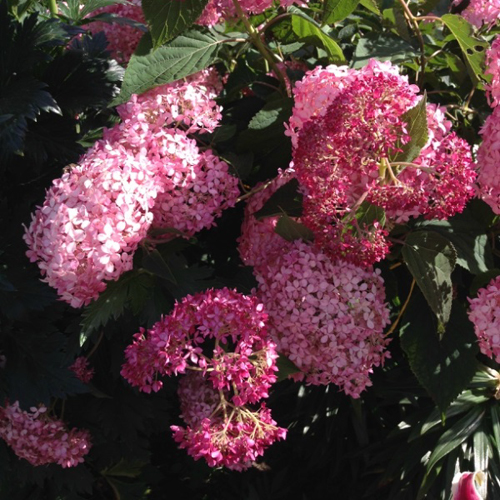
Interestingly, under the weight of impressive inflorescences, the treelike shoots of hydrangea do not break. They are generally very difficult to bend. Another important advantage of the variety is its high resistance to frost. But when cultivating crops in the northern regions, you will have to resort to covering materials in order to avoid the death of the plant.
Features of growing and care
Our heroine is photophilous, and therefore it is advisable to plant her in an area where there is a lot of sunlight. However, when growing the variety in the southern regions, it is preferable to place the flower in partial shade.
Of particular importance is the observance of the recommendations for choosing the soil for the luxurious beauty Pink Annabelle. The soil must be loose, fresh and highly fertile. Hydrangea does not tolerate calcareous soil. The culture grows well in slightly alkaline soils, but for growing Pink Anabel it is preferable to use an acidified substrate. In any case, you will get a lush flowering shrub, the main thing is to adhere to the elementary rules for caring for the plant: abundant regular watering without waterlogging (this will ensure good flowering and a large form of inflorescences), periodic feeding with complex mineral and organic fertilizers, loosening the soil around the bush, spring pruning (carried out before the onset of sap flow or at the very beginning of the leaf blooming phase).
Although the bush retains its shape, it is still better to use supports and tie up a tree plant - for reassurance. The culture is very rare, but it can still be affected by viral and fungal diseases, as well as aphids.
Use cases
An elegant shrub ennobles the appearance of parks, gardens, city squares, alleys.He is able to make a lasting impression, being planted both alone and in groups. Take a note: this hydrangea variety goes well with any flowering perennials, but in the best way - with clematis, roses, lilies. Landscape designers use Pink Annabel to create hedges and tree-shrub compositions such as edges. A tree-like beauty is able to turn even the most ordinary-looking household plot into a place worthy of a queen's rest!
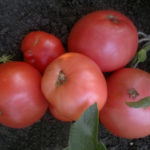
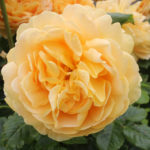

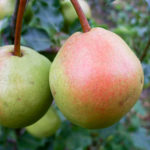
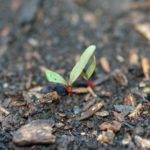
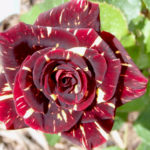



Of all the variety of hydrangeas (and I have a lot of them), tree-like ones are indeed the most unpretentious - frost-resistant, with good immunity, with abundant and long flowering, but, unfortunately, this variety is the worst among them. I agree with the author of the article, yes - its color is bright and rich, the inflorescences are large, dense, but this "beauty" pleases not for long: pink flowers very quickly lose their decorative effect - after 10-14 days they turn into faded dirty gray-green (I tried to cut does not help to stimulate the formation of new inflorescences). In addition, the shoots of the hydrangea are very thin and are not able to hold the inflorescences - they are constantly lying on the ground.